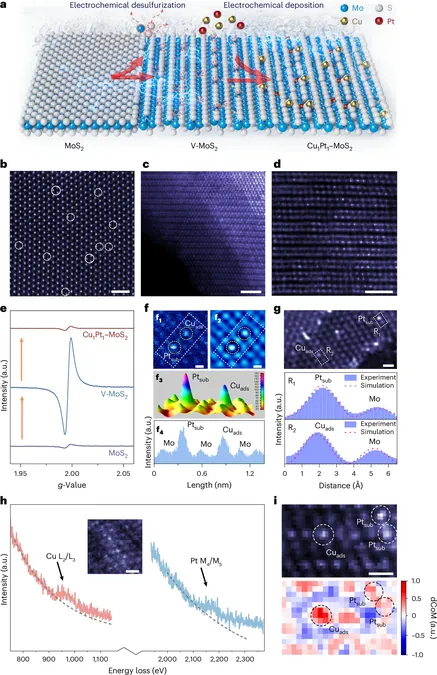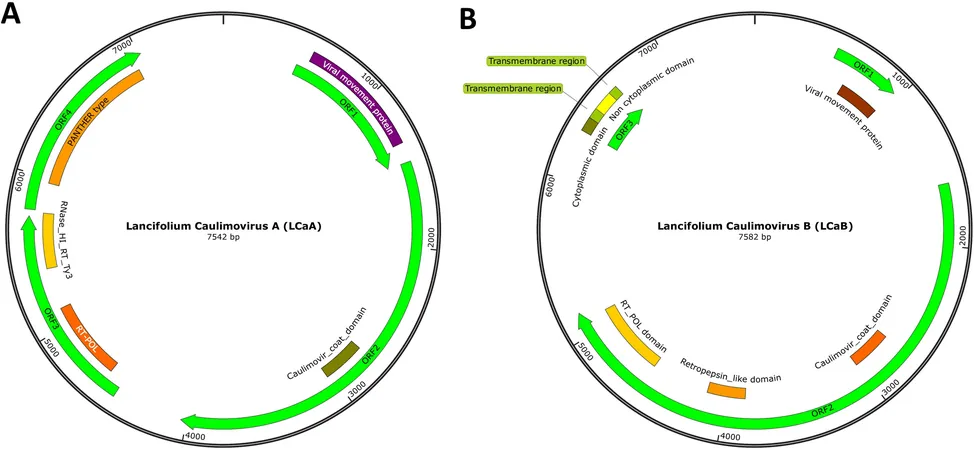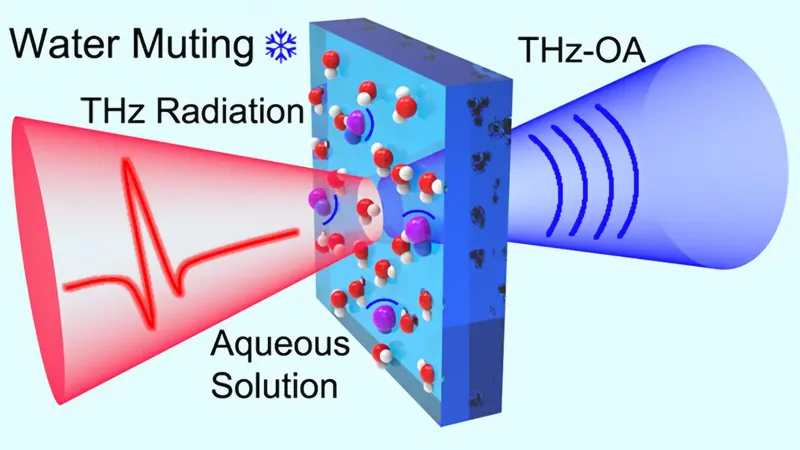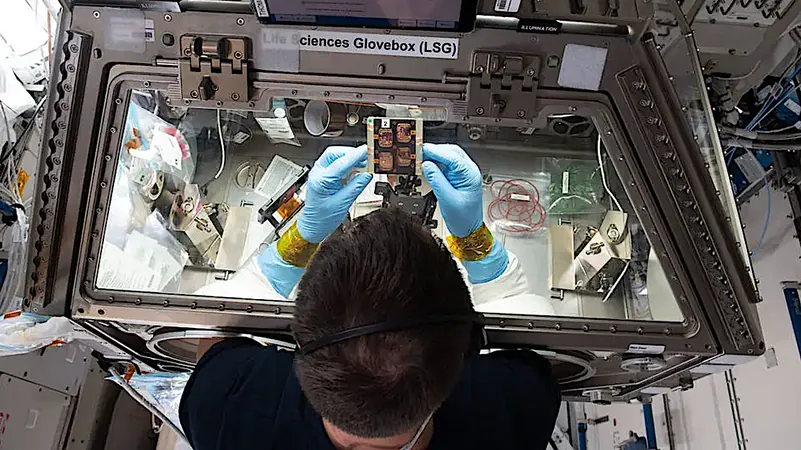
Revolutionary Breakthrough: Transforming Single Atom Catalysts with Dynamic Dual-Atom Configurations!
2025-06-13
Author: Wei Ling
Unlocking the Potential of Single Atom Catalysts
Single-atom catalysts (SACs) are emerging as game-changers in the world of energy conversion and storage, particularly for fuel cells and water electrolyzers. These innovative materials consist of individual metal atoms strategically placed on substrates, enhancing efficiency and selectivity in chemical reactions.
Overcoming Limitations of Traditional Catalysts
While SACs offer significant advantages such as cost-effectiveness and tunable reactivity, they are not without challenges. Limited substrate capacity often leads to inefficient clustering of atoms, harming their catalytic performance. Researchers are now on a quest to identify materials that can host more SACs without allowing them to clump together, paving the way for advanced dual-atom catalysts (DACs) that consist of pairs of metal atoms, significantly enhancing catalytic activity.
Groundbreaking Discovery at the National University of Singapore
A recent study published in Nature Nanotechnology by researchers at the National University of Singapore has turned heads. They discovered that MoS2, a two-dimensional material, can effectively serve as a substrate for both SACs and DACs. By applying electrochemical desulfurization—a technique to selectively remove sulfur atoms—the researchers created vacancy-rich domains in a metallic phase of MoS2, allowing for optimal loading of metal atoms.
A Game-Changing Approach to Catalyst Configuration
High metal atom loading is crucial for catalytic efficiency, yet too much can lead to unwanted aggregation. Senior author Kian Ping Loh explained, "We targeted a substrate that could support high SAC loading while preventing clustering, allowing limited diffusion to form DACs." This dynamic configuration significantly enhances the catalytic process, especially for challenging hydrogenation reactions.
Electrochemical Desulfurization: A Novel Technique
In their innovative approach, the team utilized electrochemical desulfurization to generate vacancies within MoS2, enabling them to explore the effects on SAC loading. By employing sophisticated techniques like operando X-ray absorption spectroscopy and high-resolution electron microscopy, the researchers examined how single atom catalysts interacted within the vacancy-enriched matrix.
The Future is Dynamic: Reversible Catalyst Configurations!
The researchers achieved a significant milestone by demonstrating a reversible transformation between SACs and DACs using an electrical field. Loh enthusiastically noted, "The ability to dynamically alter the configuration of dual-atom catalysts in response to an electric field represents a groundbreaking advancement in catalytic technology." This paves the way for identifying more dynamic single atom configurations in future studies, making this research a thrilling prospect for the field.
Why This Matters to You!
As the search for sustainable energy solutions continues, innovations like these are critical in pushing the boundaries of how we harness and store energy. The potential applications for this research extend beyond laboratory walls—impacting everything from renewable energy sources to advanced chemical manufacturing.




 Brasil (PT)
Brasil (PT)
 Canada (EN)
Canada (EN)
 Chile (ES)
Chile (ES)
 Česko (CS)
Česko (CS)
 대한민국 (KO)
대한민국 (KO)
 España (ES)
España (ES)
 France (FR)
France (FR)
 Hong Kong (EN)
Hong Kong (EN)
 Italia (IT)
Italia (IT)
 日本 (JA)
日本 (JA)
 Magyarország (HU)
Magyarország (HU)
 Norge (NO)
Norge (NO)
 Polska (PL)
Polska (PL)
 Schweiz (DE)
Schweiz (DE)
 Singapore (EN)
Singapore (EN)
 Sverige (SV)
Sverige (SV)
 Suomi (FI)
Suomi (FI)
 Türkiye (TR)
Türkiye (TR)
 الإمارات العربية المتحدة (AR)
الإمارات العربية المتحدة (AR)